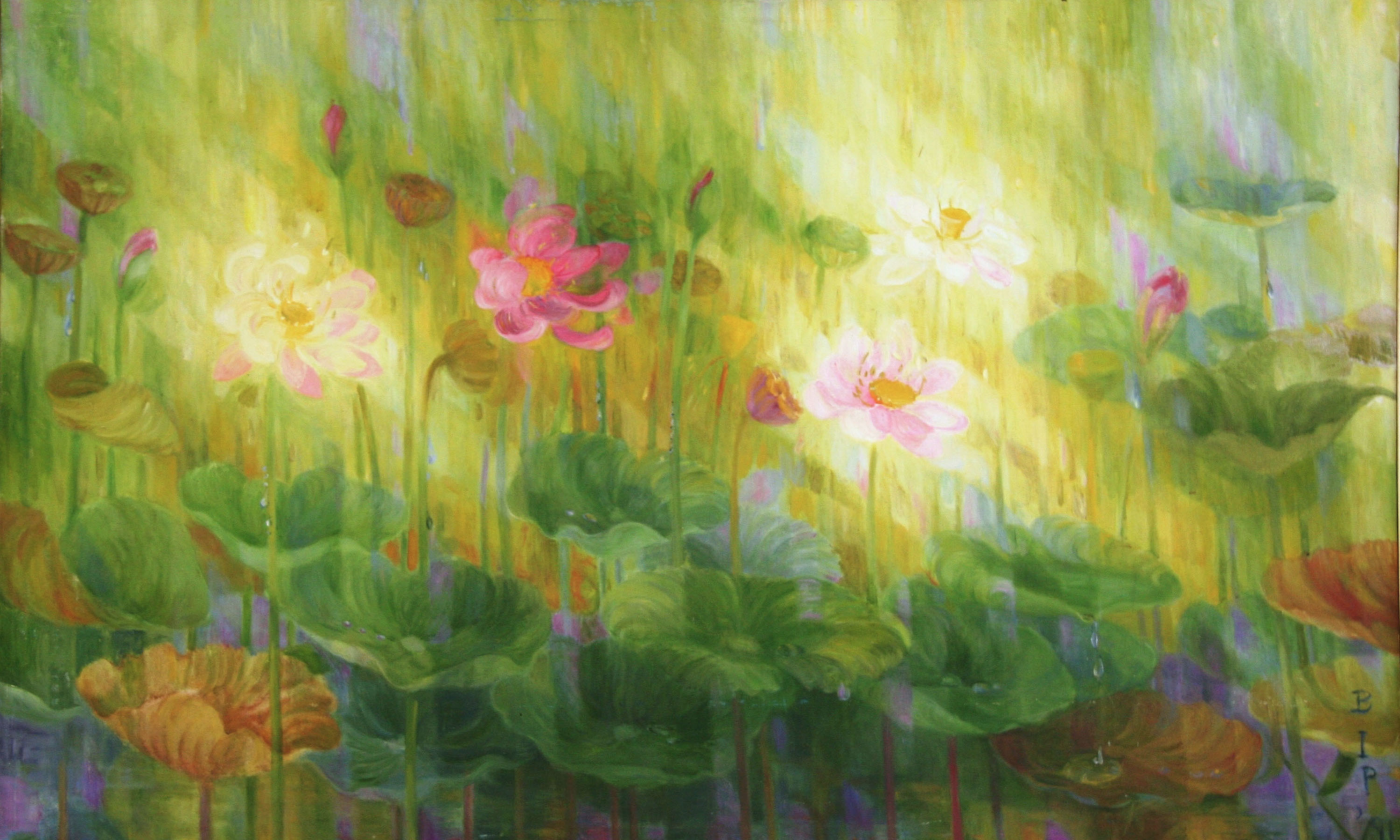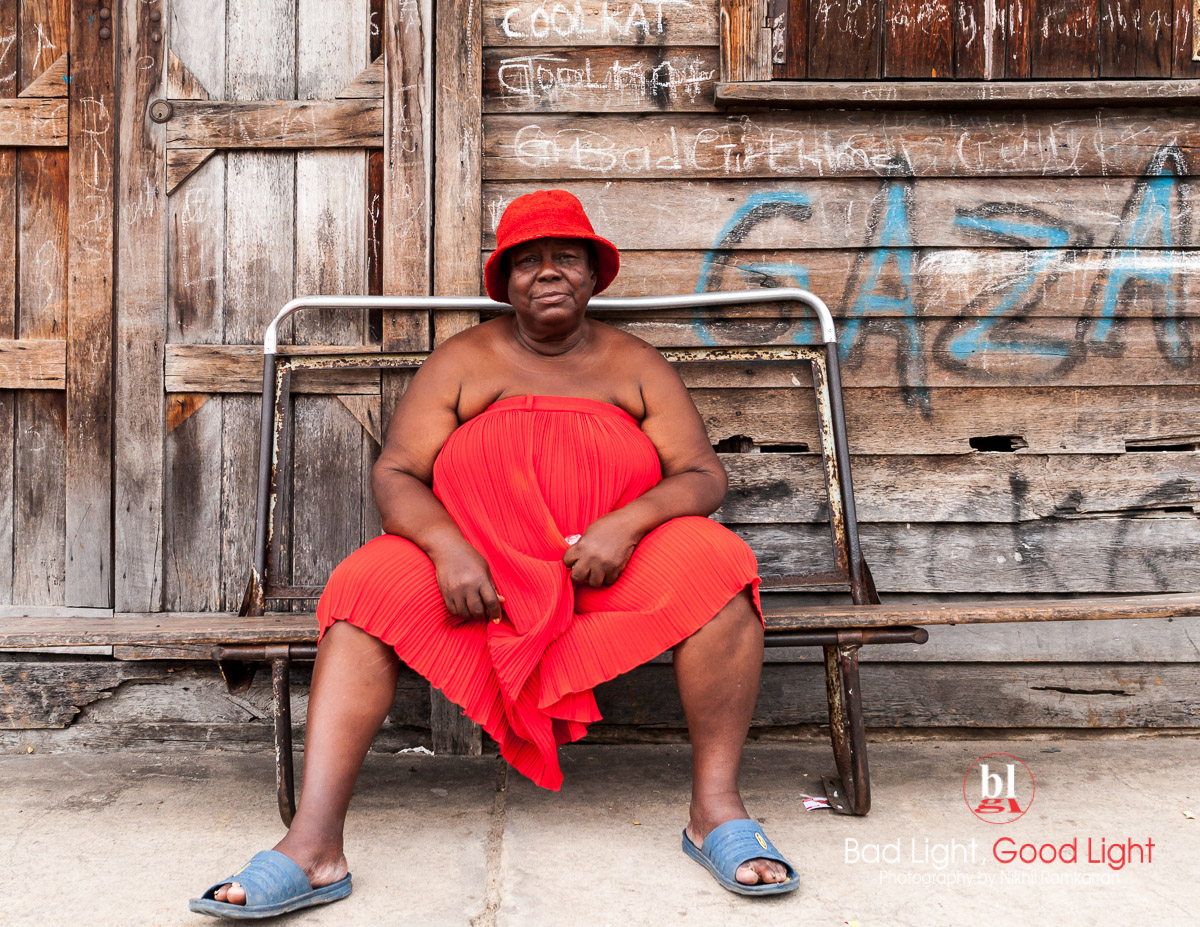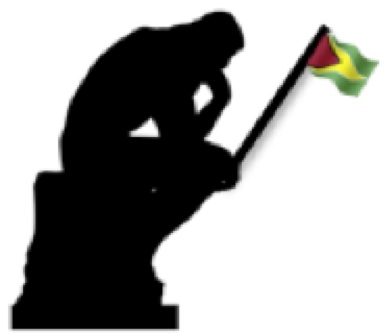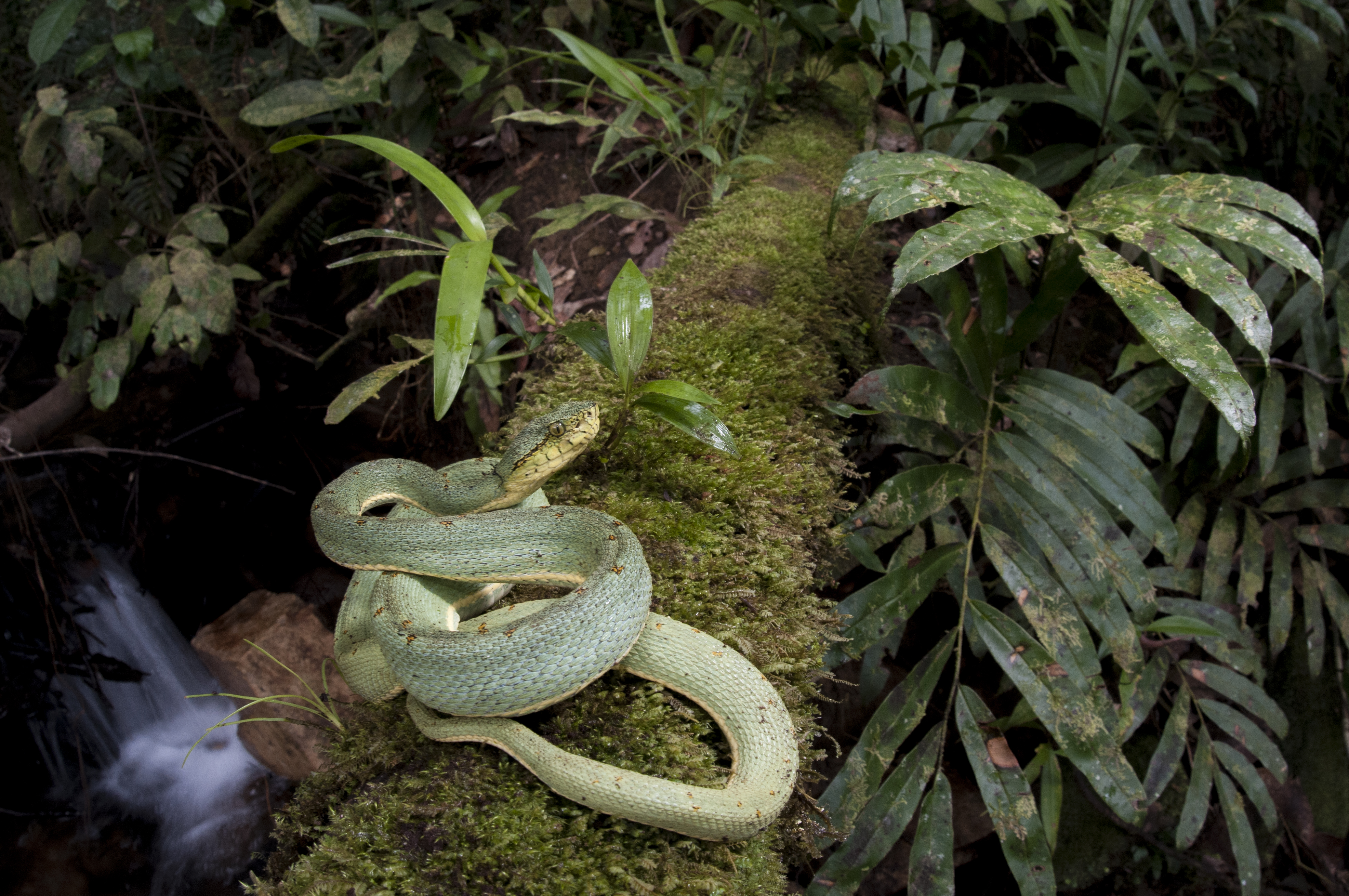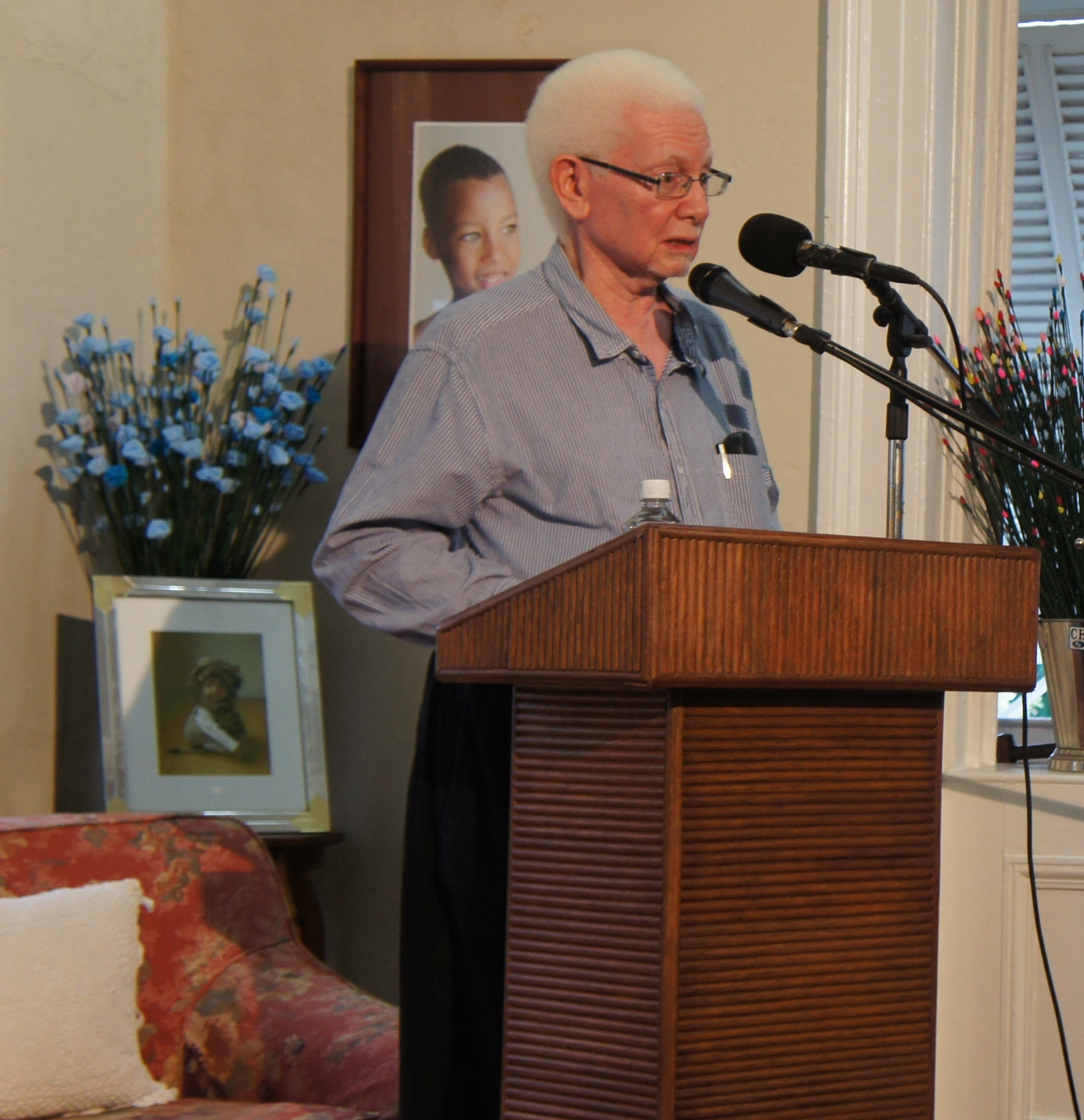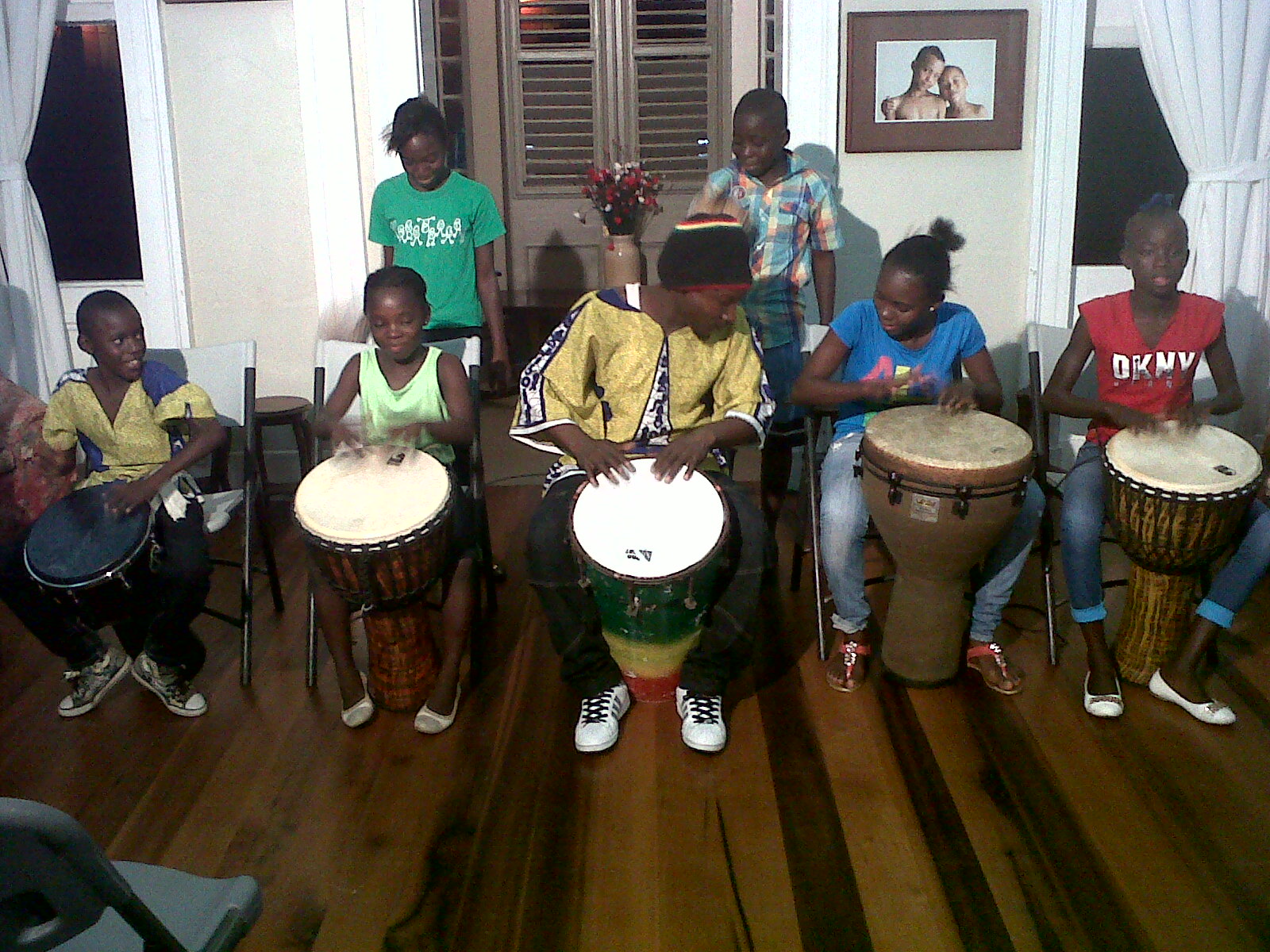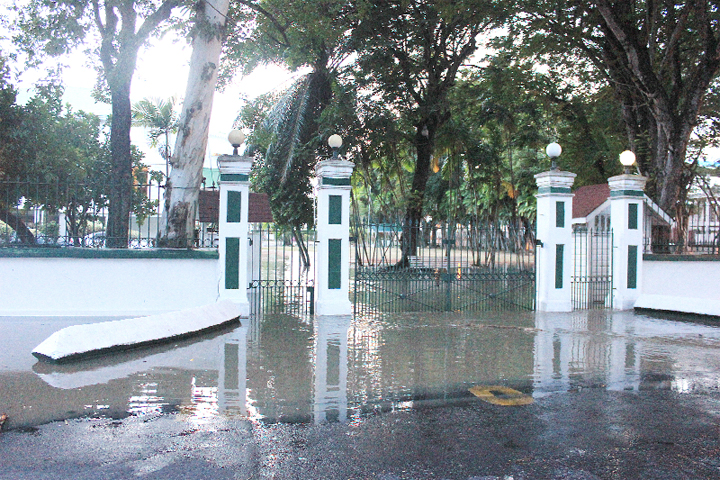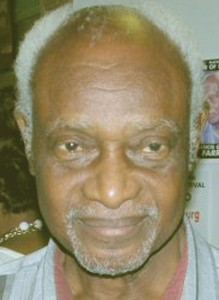Activity: Photographic Slideshow
Host: Moray House Trust
Date: 16th September 2014
Ideas Forum: The Knowledge Underground
Activity: Ideas Forum
Co-ordinator: The Consultancy Group
Date: Thursday 24th July 2014
Exploring Speciation in Guyana: a Scientific and Photographic Journey
Activity: Slideshow / Lecture
Host: Moray House Trust
Date: Thursday, 3rd July 2014
Continue reading “Exploring Speciation in Guyana: a Scientific and Photographic Journey”
Brother Eusi Kwayana in Conversation
Activity: Conversation
Host: Moray House Trust
Date: Wednesday 28 May 2014
Rahul Bhattacharya in Conversation
Activity: Conversation
Sponsor: Demerara Bank Ltd
Date: Friday 23rd May 2014
Readings by Gaiutra Bahadur and Rahul Bhattacharya
Activity: Readings and Discussion
Host: Moray House Trust
Date: Tuesday 13 May 2014
Continue reading “Readings by Gaiutra Bahadur and Rahul Bhattacharya”
Drainage of the City of Georgetown
Activity: Lecture
Host: Moray House Trust
Date: Monday 28 April 2014
Mazaruni Journey
Activity: Film Screening
Host: Moray House Trust
Date: April 24 2014
Ideas Forum: The Knowledge Underground 2014
Activity: Ideas Forum
Co-ordinator: The Consultancy Group
Date: Wednesday April 16 2014
Continue reading “Ideas Forum: The Knowledge Underground 2014”
